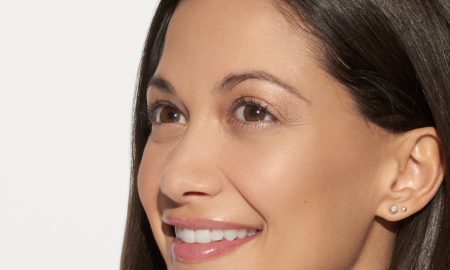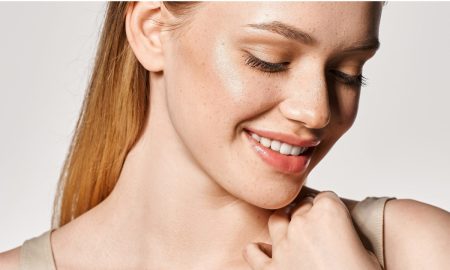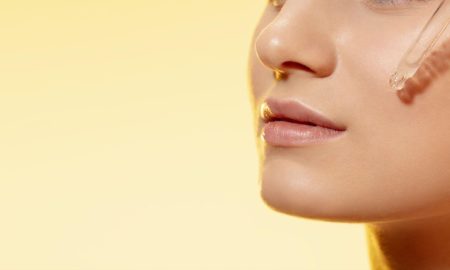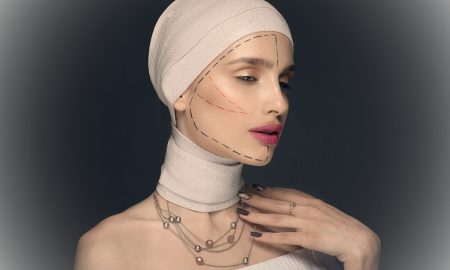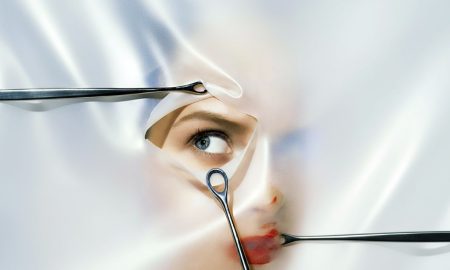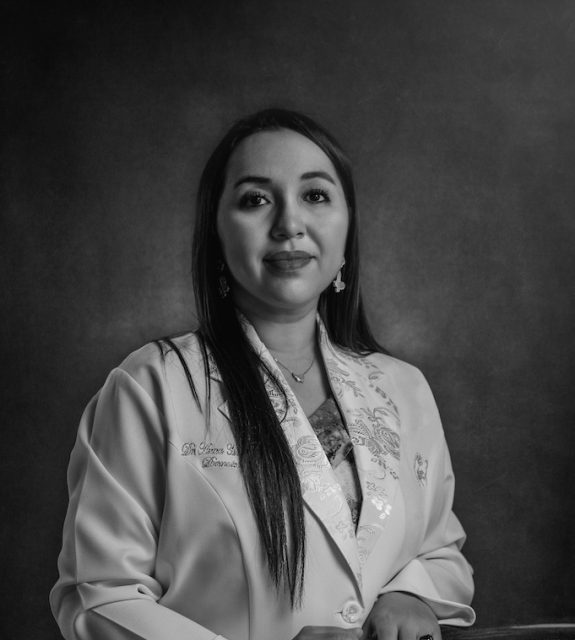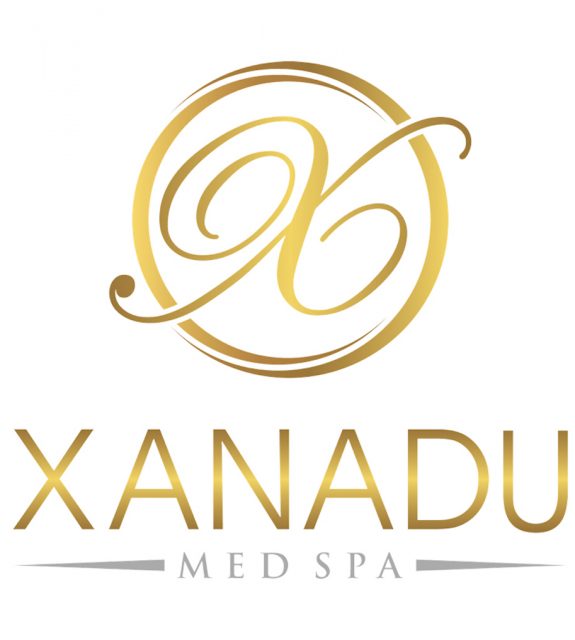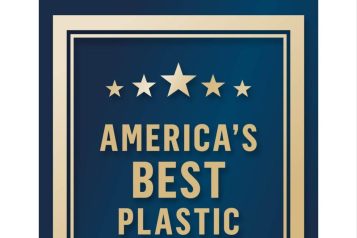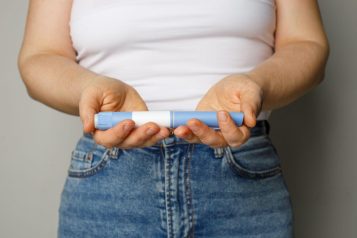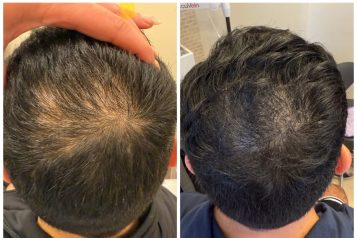Dr. Omar A. Ibrahimi is the founding and medical director of the Connecticut Skin Institute. He is a board-certified Dermatologist who has completed advanced fellowship training in Skin Cancer, Laser and Cosmetic Surgery. Dr. Ibrahimi has trained at the most prestigious medical institutions in the country. Prior to founding the Connecticut Skin Insititute, Dr. Ibrahimi was also an Assistant Professor of Dermatology, Dermatologic Surgery and Mohs Surgery at the University of Connecticut, and served as the Director of Laser and Cosmetic Surgery. Dr. Ibrahimi prides himself on treating his patients, not just their skin cancer or cosmetic concern. His goal is to provide you with the best possible medical care in a friendly environment.
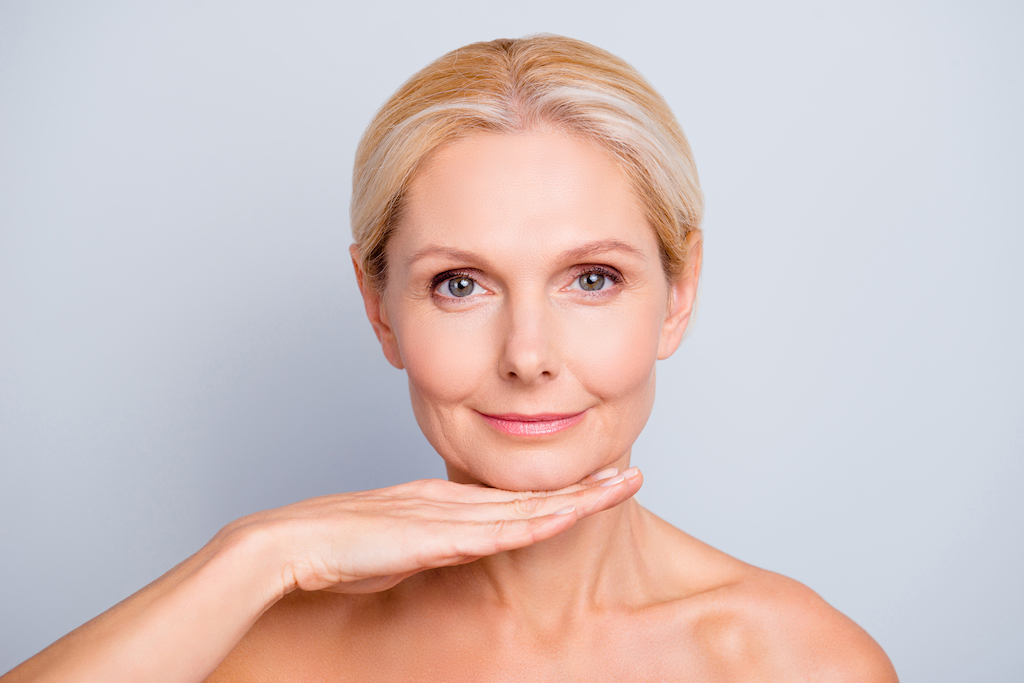 Photo Credit: Shutterstock
Photo Credit: Shutterstock
Non-invasive and minimally invasive skin lifting/tightening procedures have been around for many years but have been plagued by variable results. In the past ten years though we have certainly made progress in terms of developing procedures with more reliability and reproducibility although the results are still modest. Here Haute Beauty expert Dr. Omar A. Ibrahimi reviews the latest and greatest in the world of skin lifting and tightening.
What is the most popular treatment used to lift/tighten your skin?
We tend to use Ultherapy the most often for lifting and tightening the skin. It's the only FDA cleared product for lifting the neck, chin and brow areas. We also use it on the lower face which is the most popular area as well as the chest. However, the tightening and lifting seen with Ultherapy is modest and completely different than one would see with a surgical facelift and it is important to have a consultation and make sure that reasonable expectations are set for the patient.
Why would someone undergo skin lifting/tightening?
This is a very common presenting complaint in my practice and one that everyone is susceptible to. We all age and once we are over 30 we start losing collagen and other vital skin molecules, as well as loss of bone mass. This and gravity cause our cheeks to develop jowls and wrinkle lines in invariably everyone. I use the analogy of having a table and tablecloth but now the table is shrinking and our tablecloth is too big. Reversing this loss of volume traditionally took place with filler which can replenish some of the volume loss but it is nice to have options that are nonsurgical which can shrink or appropriately size the table cloth to better match the underlying table. To be able to do this nonsurgically is amazing as the majority of my patients are not interested in surgical intervention and general anesthesia which comes with a higher set of risks than noninvasive and minimally invasive procedures.
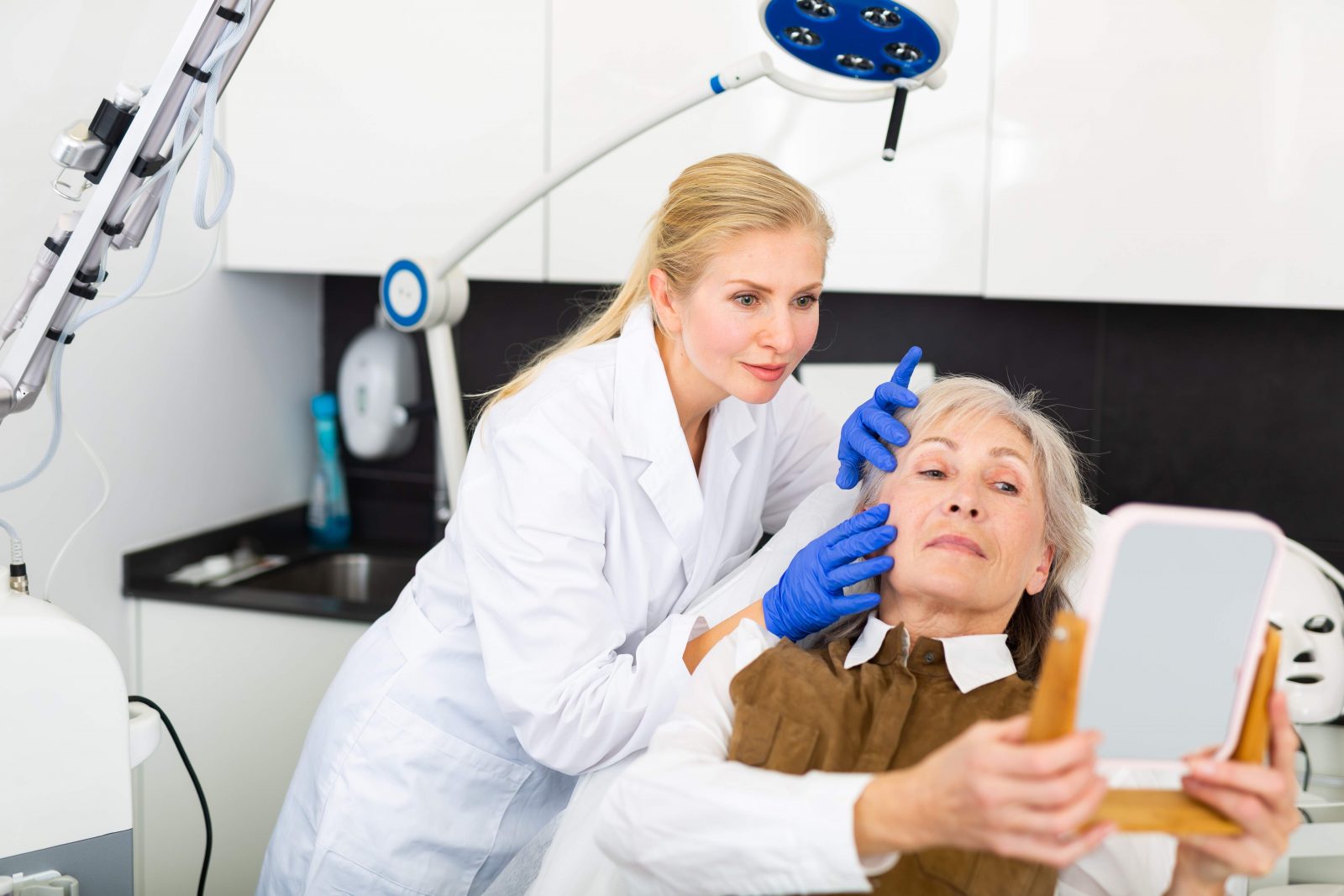 Photo Credit: Shutterstock
Photo Credit: Shutterstock
What are your hopes for the future of skin lifting/tightening procedures?
While we can not achieve surgical results with non-surgical and minimally invasive procedures today, it is my hope as technology develops further that we will get closer and closer to obtaining surgical results with non-surgical interventions.
What is new in the world of skin lifting/tightening?
What I am most excited about is our practice will be among the first ten in the country to offer Ellacor which is a newly FDA-approved device that uses microcoring, where thousands of tiny cylinders of skin are removed safely. Rather than a plastic surgeon removing large amounts of skin to lift and tighten, Ellacor removes a similar amount of skin but because thousands of tiny cylinders are removed, the body closes the tiny holes up quickly and there are typically about 2-4 days of downtime. As the holes close the skin tightens and with a series of treatments we can see very reproducible and significant improvement in the appearance of the skin.
How does Ellacor work?
Ellacor uses microcoring, where thousands of tiny cylinders of skin are removed safely. Rather than a plastic surgeon removing large amounts of skin to lift and tighten, in just 30 minutes Ellacor removes a similar amount of skin but because thousands of tiny cylinders are removed, the body closes the tiny holes up quickly and there is typically about 2-4 days of downtime. As the holes close the skin tightens and with a series of treatments we can see very reproducible and significant improvement in the appearance of the skin. The results are long-lasting but expect to do maintenance or touch-up procedures to hold the results as we tend to develop more laxity and bone loss as we age.










